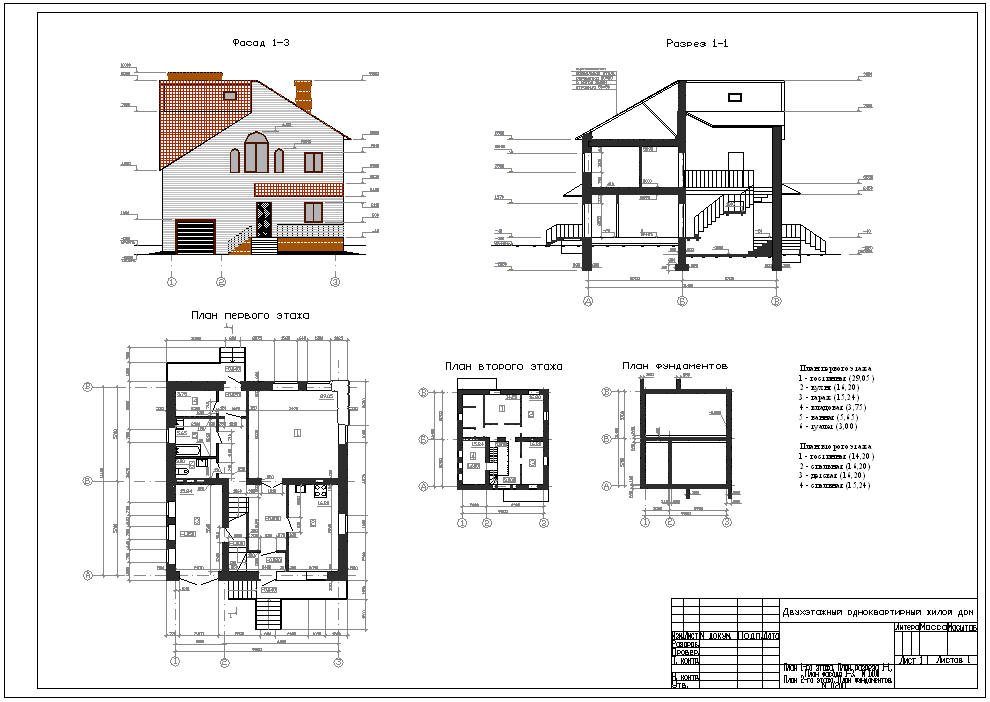206 Automotive Ergonomics edited by Brian Peacock and Waldemar Karwowski. Taylor and Francis, London, 1993. (ISBN 0 7484 0005 2). Automotive Ergonomics covers aspects of human factors or ergonomics in t h e design of cars and various vehicle functions. The authors are all well respected experts in the area of vehicle ergonomics and have contributed chapters on a wide range of topics t h a t show both the diverse and yet complex field encompassed by vehicle ergonomics. The book is probably intended for ergonomists or designers and industrial engineers involved specifically in t h e area and even possibly student ergonomists rather t h a n physiotherapists. I t provides a comprehensive and detailed review of previous research and recent developments in technology and social changes.
The book is well-organised into various chapters presenting t h e latest developments in car design and evaluation. The chapters cover areas such as human capabilities and their incorporation into car design through biomechanics, anthropometry, modelling, and CAD systems; physical car design including occupant protection, seat design, pedals and unintended acceleration, and luggage loading; information design and the role of symbols, in-car controls, warnings and lighting systems; driver workload including visual, mental and Musculoskeletal Physiotherapy Clinical science and practice edited by Kathryn Refshauge and Elizabeth Gass. Butterworth Heinemann, Oxford, 1995 (ISBN 0 7506 1746 2).
This is a n excellent book which I highly recommend to anyone who is serious about manipulative therapy. The main focus is t h e theoretical basis of musculoskeletal physiotherapy with particular emphasis on the spine. While most texts in this field describe techniques, this book concentrates on the scientific knowledge underlying clinical practice. The book is divided into nine sections: the context and development of musculoskeletal physio- Physiotherapy, March 1996, vol 82, no 3 1 Upper beam 2Lower beam 3Turn signals 7 Windshield 8 Ventilating fan wiper and washer I 11 Rear hood 1 5 Windshield 6 Windshield 9 Parkina' 10 Front hood 'I 13 Horn 14 Fuel 'I lights u - 12 Choke I 4 Hazard warning wiper washer 1 Symbols in I S 0 Standard 2575. Diagram from 'Automotive Ergonomics' navigational, and finally older drivers, their difficulties and possible ways to enhance their performance and that of all drivers. I t is somewhat disappointing in such a publication to see no mention of disabled drivers.
One would hope t h a t more research into this area is being undertaken than is presented here. There a r e adequate diagrams and tables where necessary and each chapter has an extensive and detailed reference list. The book as a whole provides a n excellent coverage of the problems facing vehicle designers and the ergonomic methods and evaluation stages involved in vehicle design. Automotive Ergonomics is a useful textbook for anyone involved in vehicle design or a s a library book for ergonomics students, both undergraduate and graduate. Its relevance to physiotherapists is less obvious although it provides considerable insight into the complexities of car design.
However, those working within the car industry or those dealing with problems in industrial vehicles such as cranes and fork trucks may find it a useful reference book with plenty of ideas on how to approach problems experienced by drivers generally. It is a well presented, quality publication and this is reflected in its price. Therapy practice; t h e theoretical basis underlying clinical decisions which covers clinical reasoning, theoretical aspects of pain, pharmacology, biomechanics of joint movement, recent developments in bone research, pathological changes in muscle and connective tissue and finally rehabilitation; diagnostic imaging and principles of examination and measurement which covers clinical diagnosis, reliability, validity, specificity and sensitivity in relation to clinical examination. A section on the history and another on the physical examination discuss the scientific knowledge underlying the procedures.
Automotive Ergonomics. Brian Peacock. Waldemar Karwowski, Eds. Taylor and Francis, Phila- delphia. Downloaded from. Download PDF Article Metrics; Related Articles. Brian Peacock, Gary Northam, and Erica Diels. Janome. Followed by another 15 years in the automotive industry.
XML DOM » ObjectsMain IndexAttrCDATASectionCharacterDataCommentDocumentDocumentFragmentDocumentTypeDOMExceptionDOMImplementationElementEntity. Primary links.  Nowadays online dating become simple, fast and easy, all you need to do is sign up to our site and start browsing for local singles. – processing of raw tar and benzole DEZA, a. Processes coal tar and crude benzole. With an annual processing capacity of 450,000 tons of coal tar and 160,000 tons of crude benzole, the company is among the global leaders in this area.
Nowadays online dating become simple, fast and easy, all you need to do is sign up to our site and start browsing for local singles. – processing of raw tar and benzole DEZA, a. Processes coal tar and crude benzole. With an annual processing capacity of 450,000 tons of coal tar and 160,000 tons of crude benzole, the company is among the global leaders in this area.

The selection and application of treatment are evaluated in terms of convention, biological basis and empirical proof. This is followed by a selection of case histories explaining the rationale of examination and treatment decisions.
